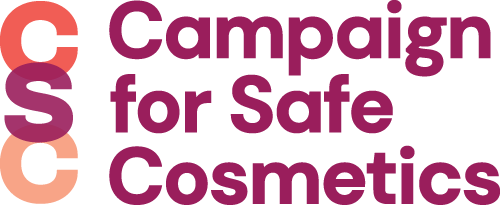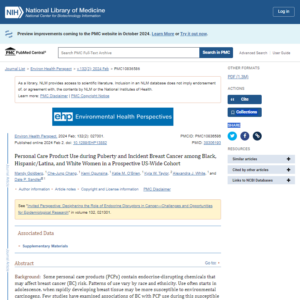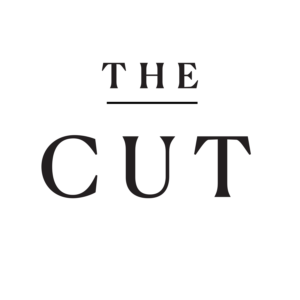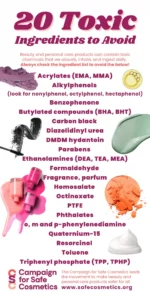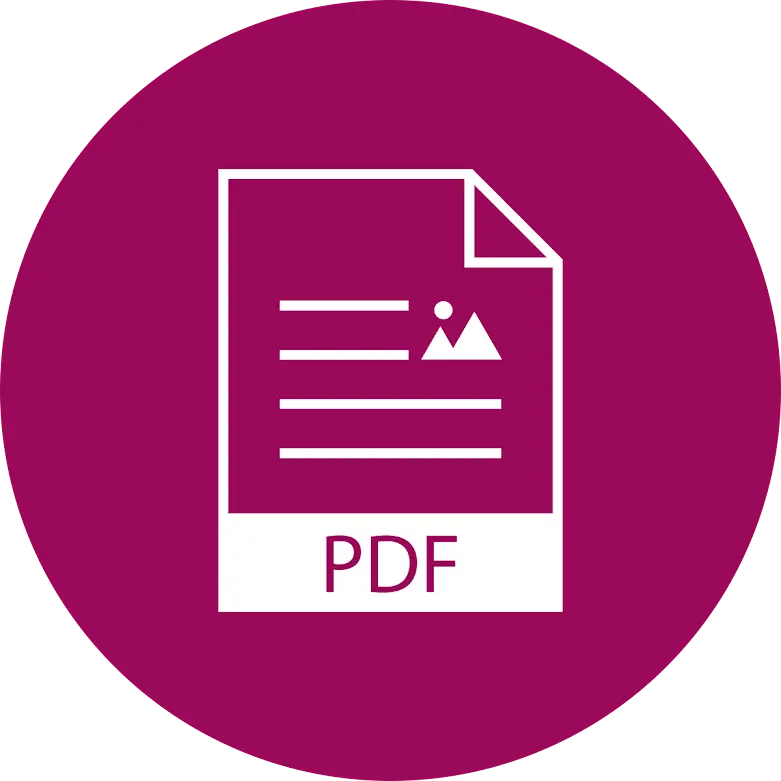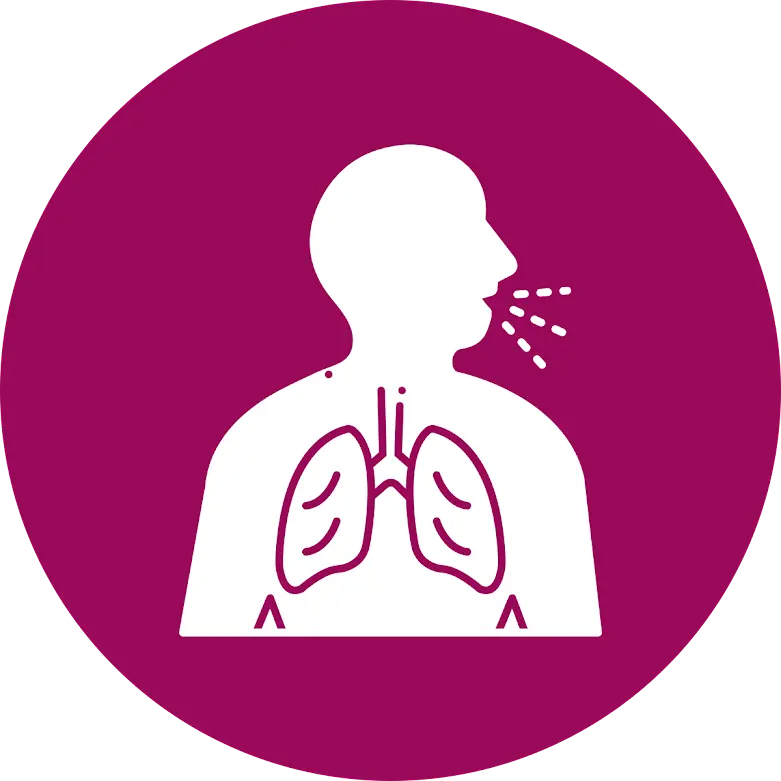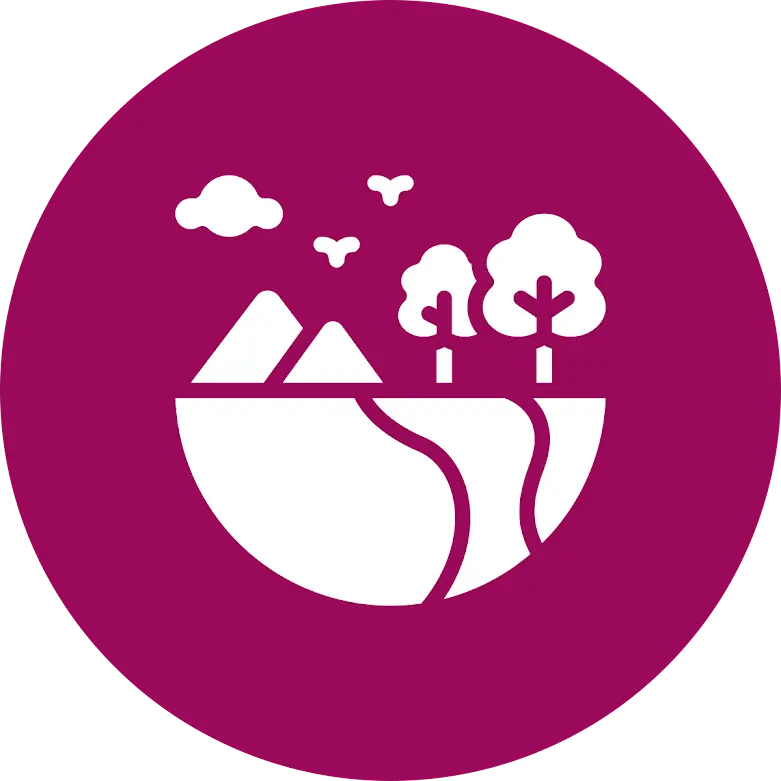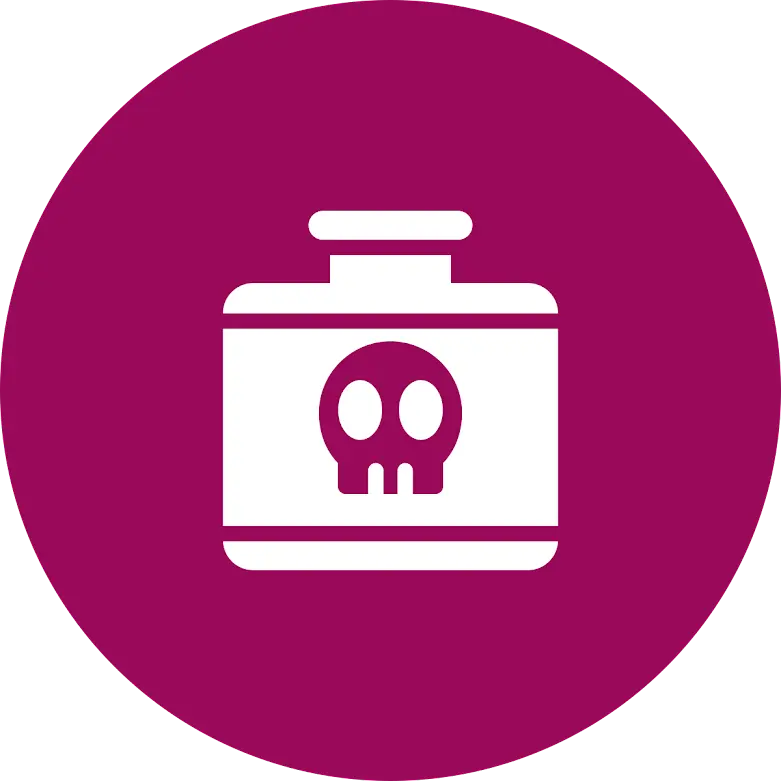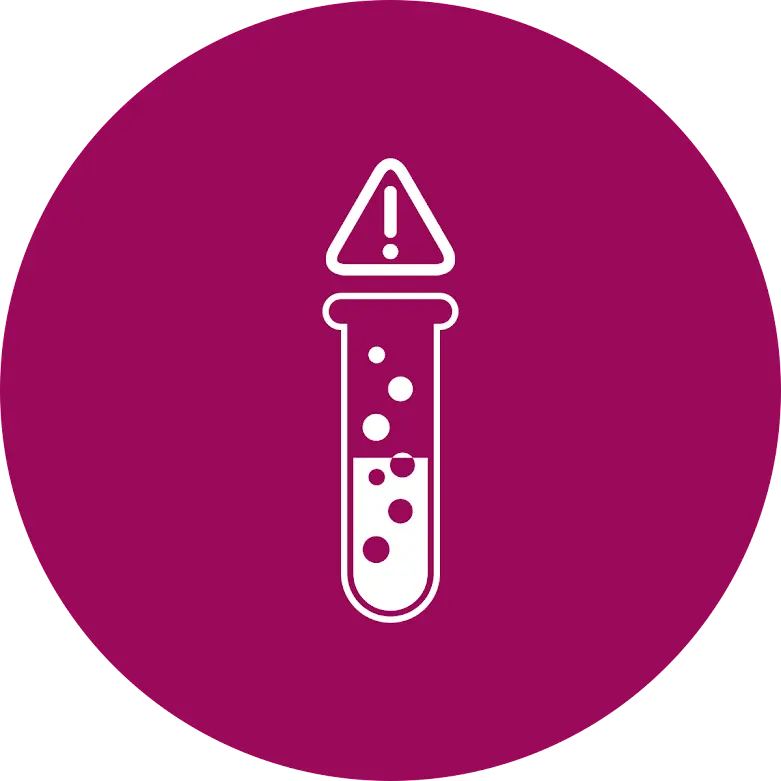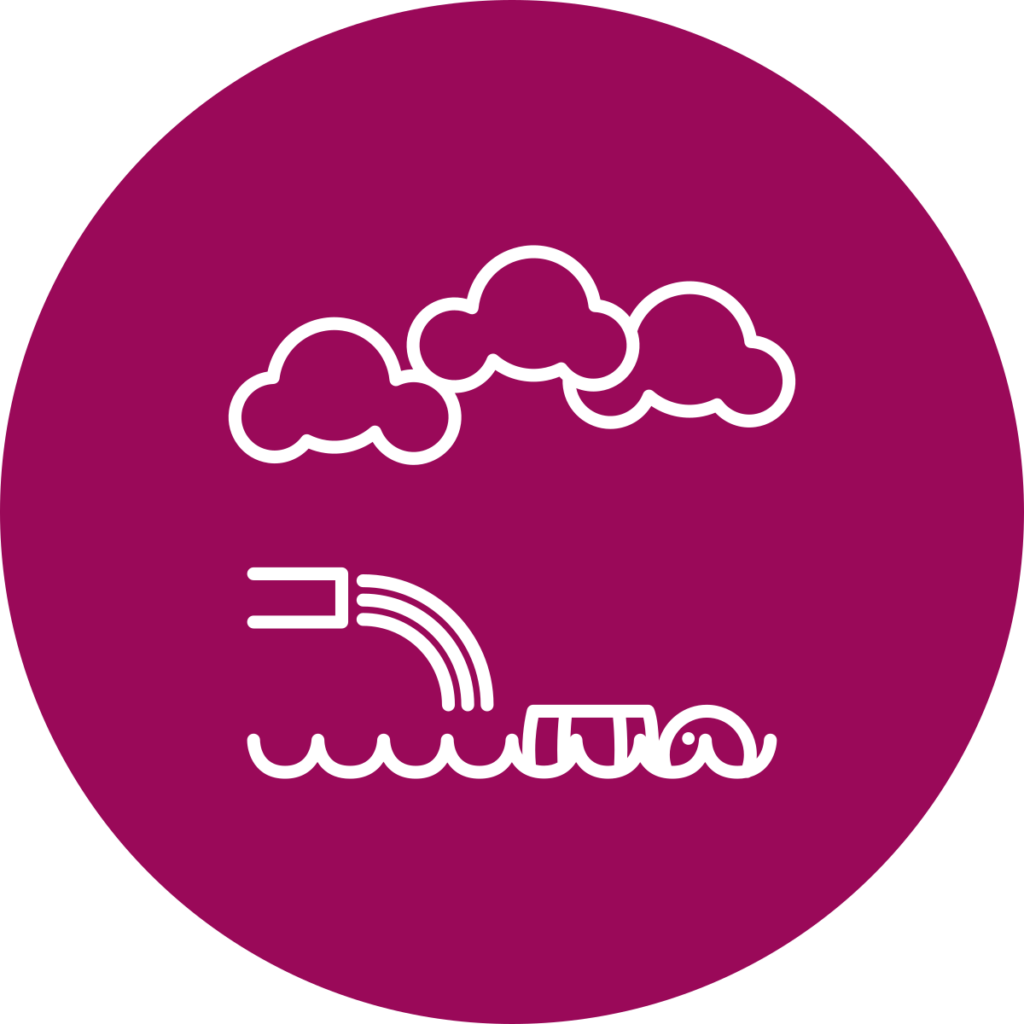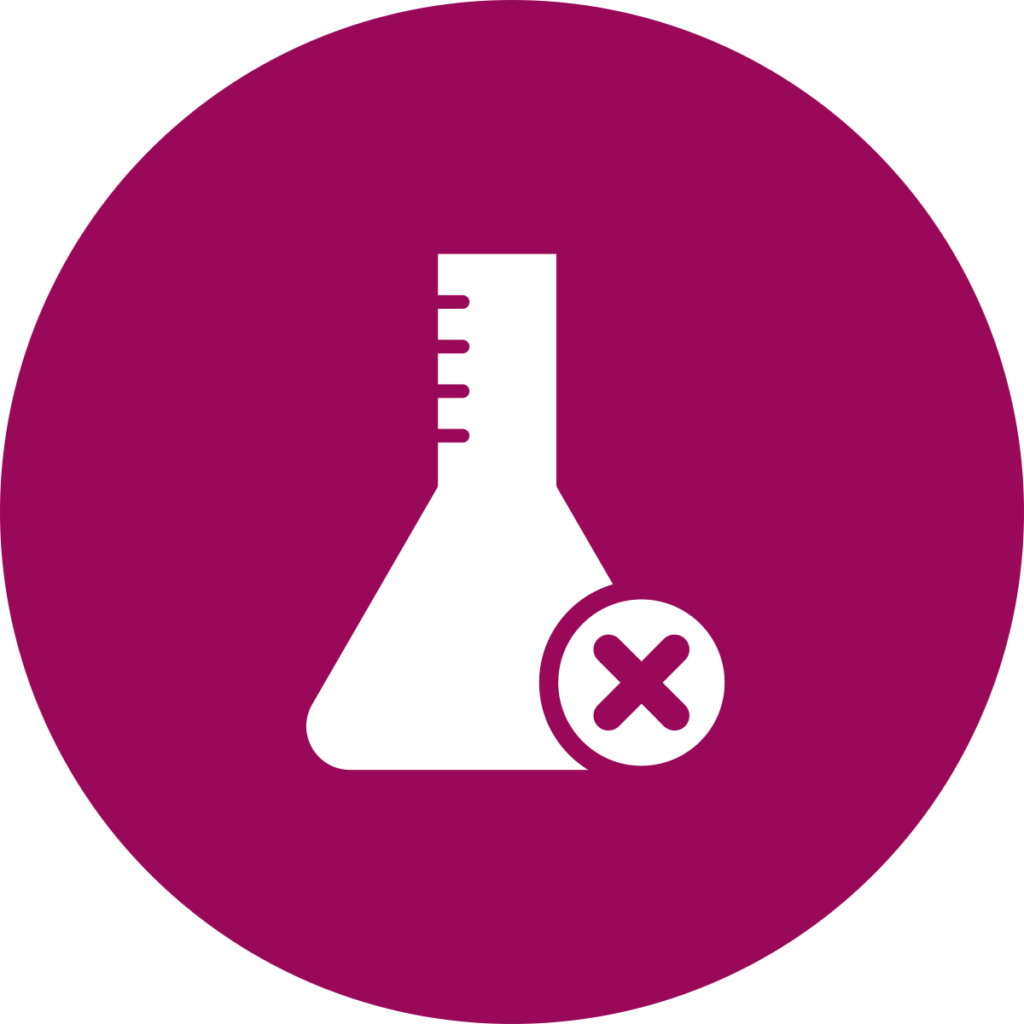Who am I? A teenage girl in the world of beauty & skincare
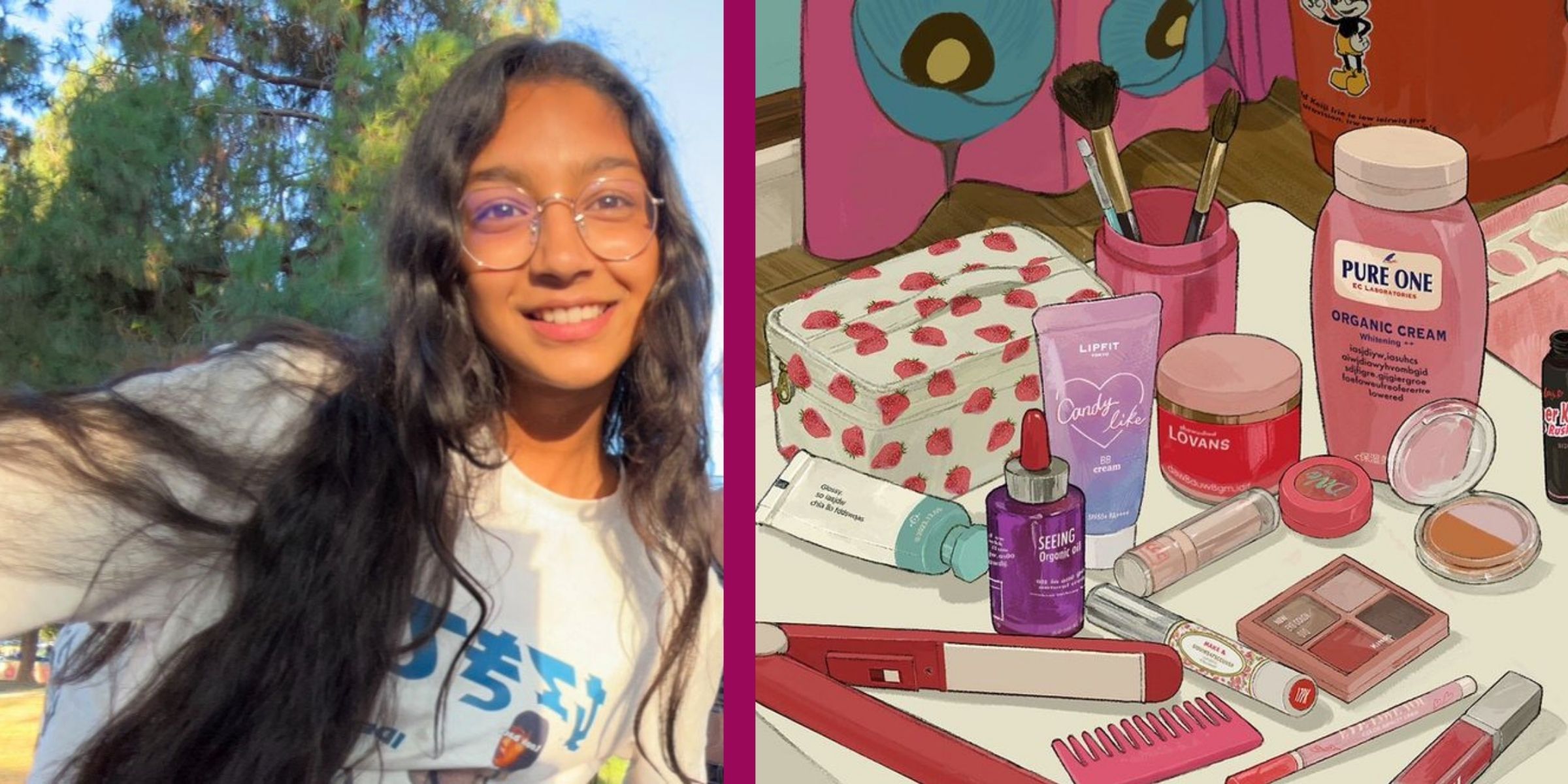
Hello! My name is Vismai and I am a 16-year-old junior in high school. Like many young girls, I eagerly awaited the day when I could start wearing makeup. In elementary school, I really wanted one of those Barbie makeup kits, but my parents said they contained too many chemicals. Curious about their concerns, I wanted to find out for myself– how harmful could a little bit of makeup actually be? I began researching how cosmetics are made and what ingredients they contain. Learning about the potential hazards of many products inspired me to find safer cosmetics.
Today, my passion for exploring new products and trying new makeup styles remains just as strong. Only now, I thoroughly research products before I use them. My makeup bag has a few staple products (e.g., talc-free eyeshadow palette, carbon black-free mascara, an eyelash curler, and a couple of lip tints/lip balms), and these safer alternatives work just as well.
Why I care about Safe Cosmetics: A Gen Z perspective
Growing up, I had never thought that the ingredient labels on products really mattered. If they’re allowed to be sold in stores, they have to be safe, right? Actually, no – many cosmetic products use harmful and toxic ingredients due to the lack of regulation by the FDA in the U.S.
This issue never really mattered to me until I stumbled upon the show “Not So Pretty” on HBO Max. Learning about the health risks of these products was extremely eye-opening for a young girl like me interested in makeup – especially since social media would hype up these very products. That’s when I decided to do some research of my own and found the Campaign For Safe Cosmetics (CSC). This website is a great tool to educate yourself on how to shop for products and what ingredients are bad for you.
What did I begin to notice? Marketing tactics…
Cosmetics have drastically changed their marketing tactics over recent years. Going from an older audience to a much younger one, like mine. They push products that can easily be made appealing and sold to my generation. Watching my TikTok and Instagram for-you-page (fyp) fill up with “these daily night-time steps ensure you wake up to glowing skin” or “products I use or the best skincare routine” makes it tempting to buy the promoted products.
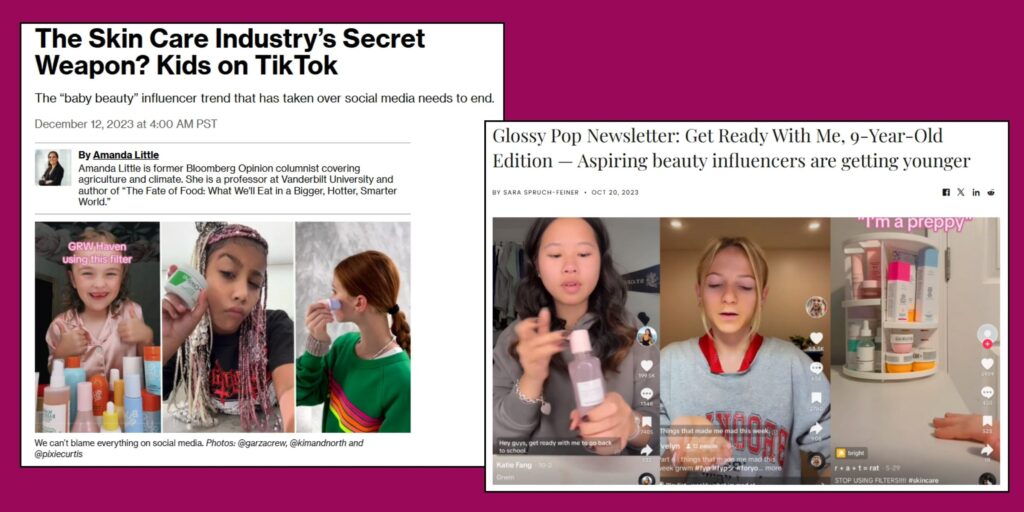
Young people love innovative products. Nowadays, we are seeing a growing trend of tweens and teens heading to Sephora and Ulta to browse and purchase the latest beauty and skincare products. However, these young shoppers tend to overlook the actual contents of the bottles. Many beauty and skincare products contain harmful ingredients like parabens, sulfates, and undisclosed fragrances. These ingredients have endocrine disruptors (EDCs), which can interfere with your hormonal system. Hormonal disruptions are especially concerning for young people who are still going through puberty because they can greatly affect growth and development, potentially leading to long-term health problems. Low doses of EDCs, especially during critical stages of development, can increase the risk of adverse health effects, including cancers, neurodevelopmental and neurodegenerative diseases, metabolic disorders, asthma, and immune disorders.
This can be really harmful to young people using these products solely for the sake of the “aesthetic”. For example, young kids aged 10-13 are using products with retinol. RETINOL – an anti-aging ingredient meant to prevent wrinkles and, depending on its form, can be harmful to your health when it’s added to cosmetic products. Why does a 10-year-old need to be worried about wrinkles?!
How I started looking more closely at my products:
I started to read ingredient labels much more carefully before I made a purchase. The first and easiest thing I look for is if the label lists “fragrance/parfum” – which can legally hide the presence of hundreds of chemicals linked to cancer, hormone disruption, and other negative health effects.
I used to Google every ingredient I didn’t recognize to ensure whether it was safe or not. Now, thanks to Clearya, this process is easier. This app/web extension can scan your ingredients list and alert you on chemicals of concern.
When I want to dive deeper into the science and learn more about a specific cosmetic ingredient—its use and effect on health—I use CSC’s Red List of Chemicals of Concern.
How you can also shop safer:
For young people like me, who are still going through puberty, it’s important to reduce our exposure to anything that negatively affects our growth. Adding beauty and skincare products to our daily lives can be fun—but we don’t need to give into the social pressure and make these purchases just because influencers tell us this product is the next best thing.
If you’re going to start using makeup and skincare, do your research on the product’s safety. Read the ingredient labels and use tools like these to analyze them for chemicals of concern:
- Clearya: mobile app and web extension
- ThinkDirty: mobile app
- Detox Me: mobile app
- CSC Red List: list of chemicals of concern in cosmetics
- Non–Toxic Black Beauty Database: CSC-verified database of non-toxic beauty products made by Black-owned companies
Besides skincare, there are many other more important things we can do to stay healthy and young. Eat a healthy diet, stay hydrated, and use sun protection, to name a few.
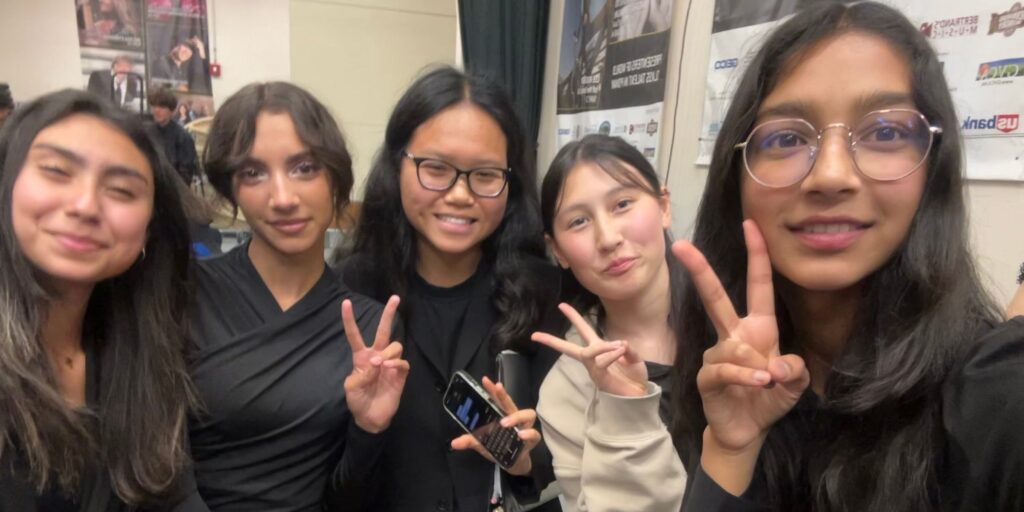
It’s never too early to start advocating for safer beauty. Instead of all the work being put on the consumer, we should have health-protective laws that ensure our beauty and skincare products are safe. You can write a letter to your representative supporting BCPP’s Safer Beauty Bill Package—a set of five bills that address cosmetic safety and tell Congress that we deserve beauty products free from cancer-causing and other harmful chemicals.
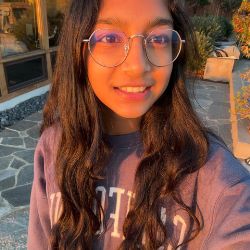
Vismai Chitriki
Marketing and Communications Intern
